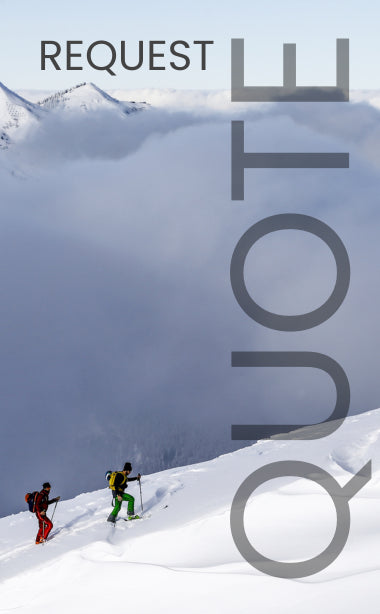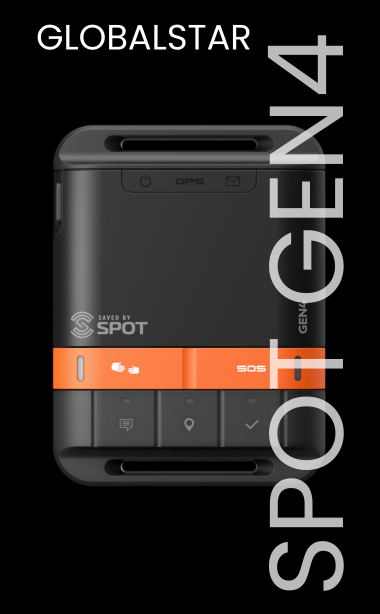You have no items in your shopping cart.
Climbing Mount Everest? Bring your Satellite Phone
Since it was first officially summited in 1953 by Sir Edmund Hillary and Tenzing Norgay, Mount Everest has captured the imagination of adventurers across the world as the ultimate destination to challenge the bravest among us. Today, hundreds of people visit Mount Everest every open climbing season to make their own attempt to climb to the top. Some reach the peak, but many are forced to turn back due to the mountain's many life-threatening hazards. And, unfortunately, some never make it home. They encounter an obstacle they can't overcome, and are claimed by the mountain.
For some mountaineers, the danger is part of the attraction. For others, it's a simple fact of life that requires a methodical, careful approach. They proceed despite the danger, not because of it. Either way, people will never stop yearning to climb Mount Everest.
No matter the philosophy followed by a mountain climber, preparedness is absolutely essential. With so many unpredictable factors at play, like wind, sudden changes in weather, avalanches, breaking ice, and other dangers, a survival situation can become a matter of life and death within seconds. At Outfitter Satellite, we have firsthand knowledge of the benefits of satellite communications to mountaineers. Whether keeping in touch, providing status updates, or just reserving usage for emergencies, communication is key.
Stay Connected
With a satellite phone, you have several options as to how "connected" you remain during your expedition. You can keep everyone updated with daily status reports, or if you want to remain "off the grid," you can save your satellite phone for emergencies only. Just don't skip bringing it!
Thuraya is the ideal satellite network for climbing Mount Everest, especially if you plan on transferring data. Thuraya satellite phones are small and very portable, and they offer the SatSleeve+ to turn your existing smartphone into a satellite phone, giving you internet access for all your apps as well. Thuraya has a better solution, though, if data transfer is what you need: the Thuraya IP unit. With Thuraya IP, you can access satellite internet for most data transfer needs, such as to live-blog your ascent and upload pictures each night at the end of the day's climbing. This way you can not only keep in touch but share beautiful images with your family and friends at home almost in real time (certainly faster than waiting two months for you to return and show them the pictures the old-fashioned way!).
Inmarsat BGAN is also a viable option and has been confirmed to work at Everest Base Camp. BGAN serves as a portable broadband internet terminal and is also perfect for live-blogging and other similar usage. The Hughes 9202 and Hughes 9211 Inmarsat BGAN Satellite Terminals are both ideal for climbing Everest because the batteries can be removed and kept warm by being stored close to the climber's body, so they remain functional when ready to be used.
If you're not interested in using high-speed data and would rather just stick with a small, easy-to-use, and tough-as-nails satellite phone, Iridium will serve your needs perfectly. Iridium satellite phones are favorites among climbers due to their toughness and small form factor, especially in extreme conditions when you need to carry a lot of gear. If you want to live-blog, Thuraya or BGAN would be ideal as mentioned above, but if you don't feel the need for portable high-speed data during your climb, Iridium may be the better choice.
For additional information, contact Outfitter Satellite. We can help you decide which satellite phone to use and whether it would be more efficient for you to rent or buy. Stay safe and stay connected -- even at the top of the world.
 English
English











